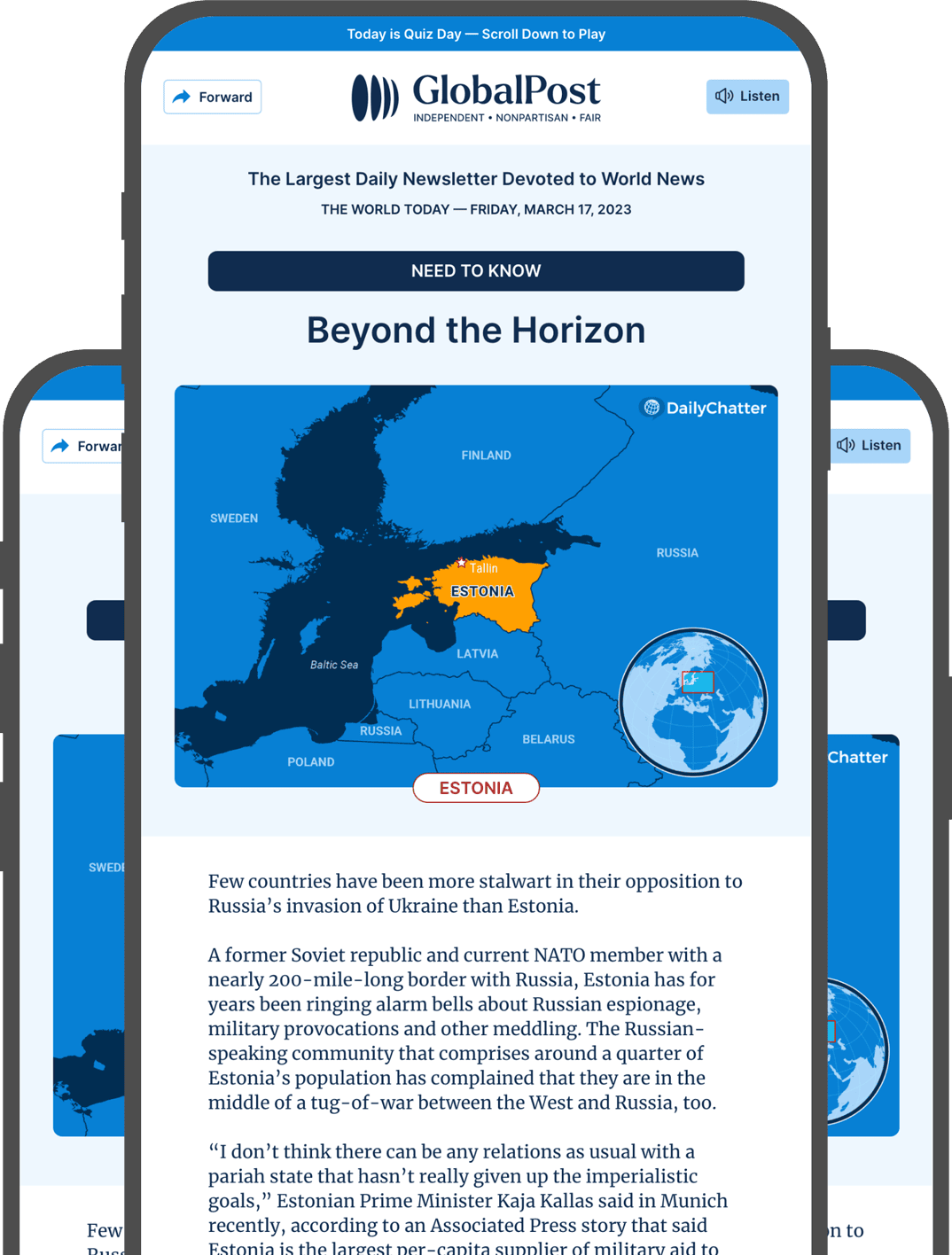Lines in the Desert

In Peru’s Nazca desert, hundreds of ancient geoglyphs are etched into the ground, depicting creatures from the natural world and figments of ancient man’s imagination.
These giant geoglyphs known as the “Nazca lines” are carved into hillsides and plains to create “negative” images, and date from 200 B.C. to A.D. 500, to a time when the Nazca people inhabited the region, according to Live Science.
Last month, a team of researchers from the Japanese University of Yamagata’s Nazca Institute, reported in a new study that they had uncovered 303 new geoglyphs, almost doubling the number of known geoglyphs.
The images of parrots, cats, monkeys, decapitated heads, and killer whales were discovered with the help of AI near the Nazca lines, which are classified as a UNESCO World Heritage site.
The figures, dating back to 200 BC and smaller than those previously found, have given archeologists a new understanding of the transition of the region’s earlier Paracas culture to the Nazcas.
“We can say that these geoglyphs were made by humans for humans, they often show scenes from everyday life,” Johny Isla, Peru’s chief archaeologist for the Nazca Lines, told the Guardian. “Whereas the geoglyphs of the Nazca period are gigantic figures made on mostly flat surfaces to be seen by their gods.”
The new geoglyphs were discovered using AI and low-flying drones. It took the researchers just six months using the new tools, whereas it took a century to uncover the Nazca lines. “The use of AI in research has allowed us to map the distribution of geoglyphs more quickly and accurately,” said archeologist Masato Sakai of Yamagata University.
The utilized AI model was able to spot the smaller geoglyphs that were harder to see from the naked eye and analyze geospatial data collected by the drones to identify areas where the geoglyphs could be found.
Researchers said they are certain that there are more geoglyphs hidden in the ground, waiting to be discovered, estimating up to 250 more remain to be found, reported CNN. The researchers added that the use of AI was a “game changer.”
“AI is great, but humans are still needed,” Amina Jambajantsan, a researcher at the Max Planck Institute in Germany, who wasn’t involved in the Nazca research but uses AI in her archeological work, told CNN.
She added that AI has the potential to make huge contributions to archaeology but the models need improvement: “The problem is archeologists don’t know how to build a machine learning model and data scientists, typically, are not really interested in archeology because they can get much more money elsewhere.”

Subscribe today and GlobalPost will be in your inbox the next weekday morning
Join us today and pay only $46 for an annual subscription, or less than $4 a month for our unique insights into crucial developments on the world stage. It’s by far the best investment you can make to expand your knowledge of the world.
And you get a free two-week trial with no obligation to continue.
